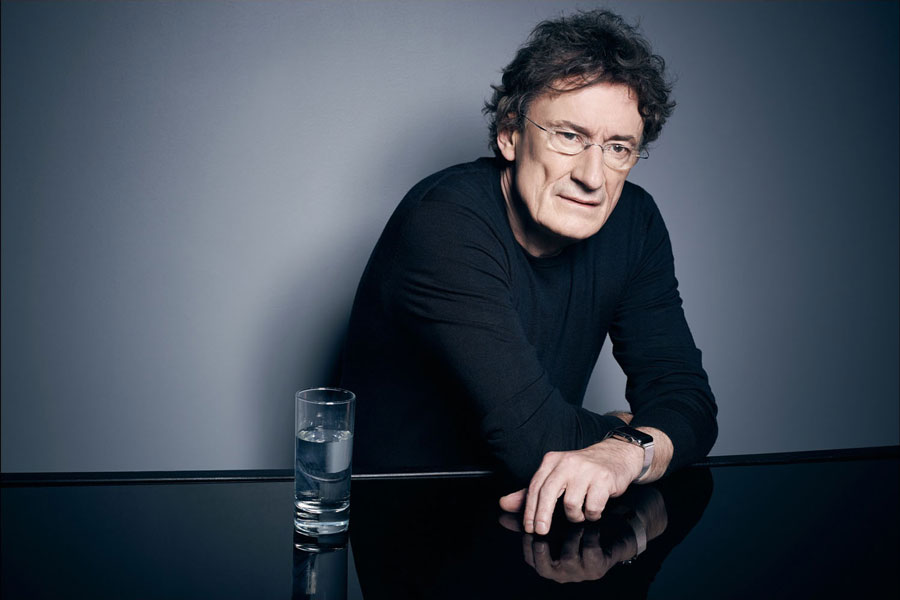The last concert of the NFM Wrocław Philharmonic this artistic season will be conducted by Jacek Kaspszyk, who enjoys appreciation for his interpretations of late Romantic music. Under his baton, two works by Austrian composers associated with Vienna - Franz Schubert and Gustav Mahler - will be performed.
The concert will open with Franz Schubert’s Symphony No. 3 in D major. This work was created at a time when the composer was still fascinated by Classical patterns. It is full of charm and serenity, and also shows excellent mastery of the craft and great melodic inventiveness of the young Schubert, who completed it shortly after his eighteenth birthday, in July 1815. You can find here the influence of both Joseph Haydn and Gioachino Rossini, which is conspicuous especially in the finale, which is a stylisation of a bold and fiery Italian dance.
The second part of the concert will be filled with Gustav Mahler’s Symphony No. 4 in G major, completed in 1900. It is a work full of paradoxes. On the one hand, it is light, sunny, filled with joy, referring to the style of the Classical symphonies of Wolfgang Amadeus Mozart and Joseph Haydn. On the other hand, the composer deals with the issue of life after death, considering it from the perspective of a child. Hence the multitude of various musical symbols. The smooth flow of the narrative in the first movement is interrupted by a powerful culmination, containing a trumpet fanfare, later used by Mahler in the funeral march in The Fifth Symphony, as well as a tom-tam strike symbolizing death and horror. The second movement is a danse macabre, in which a solo of the violin tuned up a semitone represents death playing this instrument. The songful and cheerful third movement ends with a powerful climax in which Mahler commentators see the image of the opening gates of paradise. This interpretation is supported by the fact that Mahler quotes the eternity motif from his Second Symphony here. The finale is titled Heavenly Life. It is a song with a soprano solo with lyrics taken from the collection Des Knaben Wunderhorn. This image is full of contradictions too. On the one hand, it presents a joyful heavenly feast, but it is paid for with the suffering of animals. At one point, the French horn even imitates the roaring of an ox being led to slaughter.
Mahler’s symphony, which deals with the theme of transience, seems to perfectly harmonise with the words of Horace’s ode: “Seize the day, because no one will know what future the gods have prepared for us...”. Isn’t this true of all of us?

